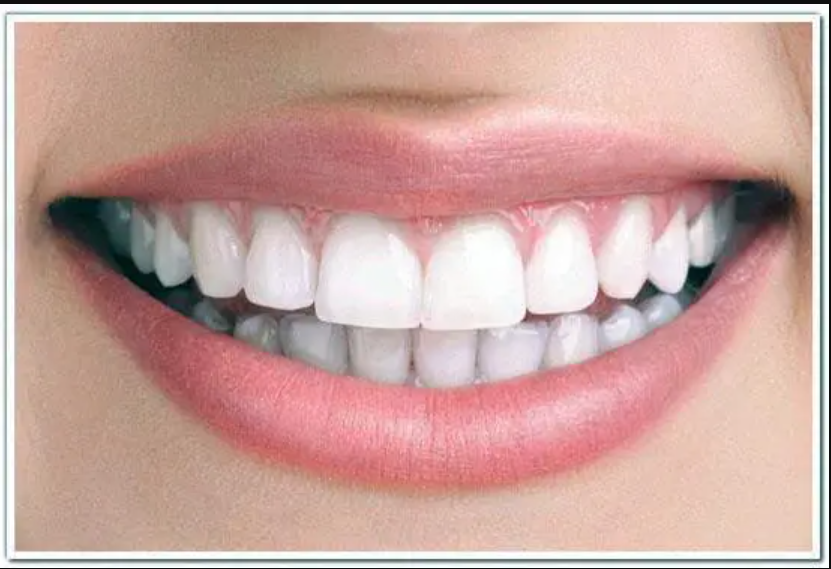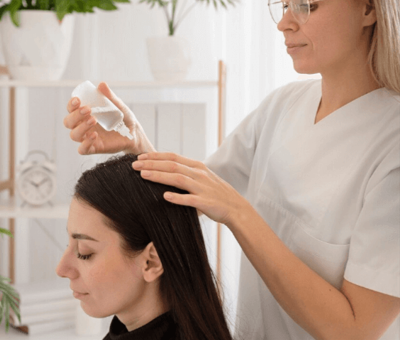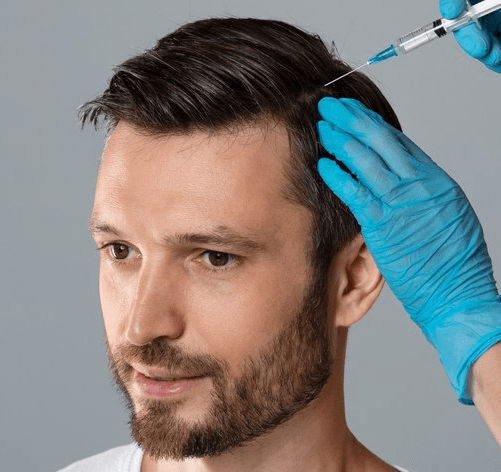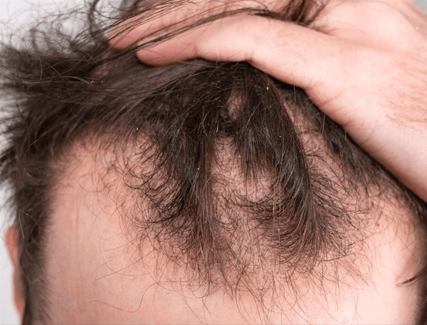Laser teeth whitening can dramatically brighten your natural teeth, but if you have dental restorations—such as crowns, veneers, bridges, or fillings—there are some important factors to consider before treatment. Understanding how restorations respond to whitening treatments will help you set realistic expectations and achieve the best overall smile aesthetics.
What Are Dental Restorations?
Dental restorations are materials used to repair or replace damaged or missing tooth structure. Common types include:
- Porcelain or ceramic crowns and veneers
- Composite (tooth-colored) fillings
- Metal or porcelain-fused-to-metal crowns and bridges
- Dental implants with prosthetic crowns
These restorations are designed to match your natural tooth color at the time of placement but do not change color over time or respond to whitening agents.
How Does Laser Teeth Whitening Work on Natural Teeth?
Laser teeth whitening uses concentrated bleaching agents like hydrogen peroxide, activated by a laser or light source, to penetrate the enamel and break down stains. This process lightens the color of your natural tooth enamel by several shades, often dramatically improving discoloration caused by coffee, tobacco, aging, or other factors.
The Challenge: Whitening Restorations vs. Natural Teeth
Unlike natural teeth, restorations do not bleach or whiten because they are made of materials that do not absorb or react to peroxide.
- Result: After whitening your natural teeth, restorations will remain their original shade, which can create a mismatch or uneven appearance if the restorations were placed before whitening.
What This Means for You
- Existing Restorations Won’t Change Color
If your crowns, veneers, or fillings are noticeably darker or a different shade than your whitened natural teeth, they may stand out more after treatment. - New Restorations Can Be Matched Post-Whitening
For optimal aesthetics, dentists often recommend whitening your natural teeth before placing new restorations. This way, the dental lab can color-match crowns, veneers, or fillings to your brighter tooth shade. - Minor Color Differences Can Be Masked
Sometimes small color mismatches can be concealed with polishing or composite bonding, but major differences usually require replacement of restorations.
Can Laser Whitening Damage Restorations?
- Laser whitening is generally safe for restorations and will not damage crowns, veneers, or fillings. However, it does not improve their color.
- If your restorations have rough or worn surfaces, whitening gels could cause minor surface changes, but these are usually negligible.
- Your dentist will carefully protect any exposed restorations and monitor for sensitivity or irritation.
Special Considerations for Different Types of Restorations
| Restoration Type | Whitening Effect | Recommendation |
|---|---|---|
| Porcelain Veneers & Crowns | No color change | Whitening before restoration placement |
| Composite Fillings | No color change | May require replacement or touch-up post-whitening |
| Porcelain-Fused-to-Metal | No color change | Same as porcelain crowns |
| Dental Implants (ceramic) | No color change | Match new prosthetics after whitening |
What If You Have Multiple Restorations?
If you have several restorations, particularly on your front teeth, your dentist may:
- Recommend whitening first, then replace restorations for a uniform appearance
- Suggest alternative cosmetic options, such as veneers or bonding, to harmonize color
- Discuss expectations clearly to avoid disappointment with color mismatch
Tips for Patients with Dental Restorations Considering Laser Whitening
- Inform your dentist about all existing restorations during your consultation.
- Consider scheduling whitening before any new restorative work.
- Be prepared for possible restoration replacement if color mismatch is noticeable after whitening.
- Follow your dentist’s post-whitening care advice to maintain both natural teeth and restorations.
- Understand that laser whitening will enhance your natural teeth’s color but won’t alter restorations.
Final Thoughts
Laser teeth whitening can greatly improve the brightness of your natural teeth, but dental restorations present unique challenges. By working closely with your dentist to plan the timing of whitening and restorative treatments, you can achieve a beautifully balanced and natural-looking smile.
If you already have restorations and are considering whitening, your dentist can evaluate your smile and develop a personalized plan that balances safety, aesthetics, and your cosmetic goals.




